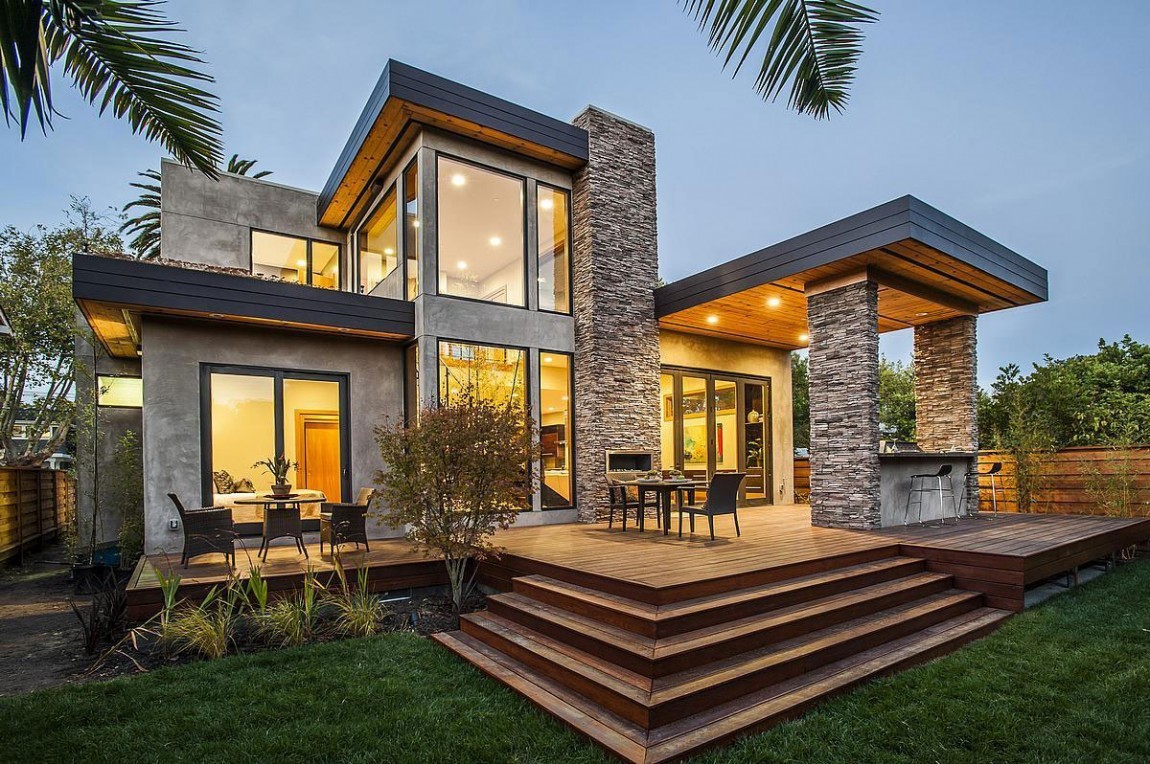When you’re attempting to sell your house, it’s essential to price it right. For this reason, it’s important not to overprice your house within the first two to three weeks it is on the market. After around 21 days, demand and interest start to decrease. It’s possible to lower your pricing afterward, but it can be a case of too-little-too-late for certain people. A comparative market analysis (CMA) can help you get as close as possible to the actual market worth of your home. However, you can often exceed these prices with creative selling techniques such as aerial photography.
You should read about Blue World City.
Sellers who are selling their first property run the risk of making several blunders due to their lack of knowledge and the nature of the transaction. However, many of these blunders may be avoided if you have little foresight. Avoid overpricing or underpricing your home. However, keep an eye on the competition and be prepared to lower the price if necessary.
THINGS TO KNOW WHEN PRICING YOUR HOME:
Many aspects go into setting a home’s price, so here are some pointers for getting the most out of your home’s market value.
Look at Sold Comps:
You can determine price reductions by comparing the initial list price to its final sale price. Make comparisons between final list pricing and actual sales prices to see how they compare. Compare your home to at least three others that have recently sold for the same asking price.
Some publications provide quarterly sales statistics in their business and real estate sections, and most municipal assessors’ offices give lists on sales. You should adjust the final sales pricing to compensate for differences in lot size, configuration, and other features or upgrades.
Active Listings:
Remember that sellers are free to set their prices for their properties. It’s not a guarantee that they’ll obtain that amount. To get a sense of what prospective buyers would see when they tour these properties, look around. Don’t forget to write down your thoughts on each property, including what you liked and didn’t like. These are the properties that compete with yours. Think about what makes it stand out from the rest and change your pricing accordingly for each of these properties.
Price your home in Capital Smart City.
Expired Listings:
Check whether any listings that have expired or been removed from the market have been relisted. It signifies the listing agreement expired without a sale being made. This suggests that the deal is still in place, but the owner no longer wishes to advertise the property. “Withdrawn” These days on the market should be added back to the listing time frames to count how long properties were in the industry accurately. Find out why they didn’t sell and jot down any commonalities they have. Who was the listing broker? In other words, did they use a full-service real estate firm or a bargain brokerage that didn’t spend enough money marketing the property?
Cost Comparison by Square Foot:
As soon as you receive an offer, the homeowner’s lender will want a home appraisal, so you’ll want to look at properties with similar square footage to get an idea of what the assessment is likely to be. More than a quarter of the time, appraisers want to keep within 10% of their net square-footage estimations, and they don’t like to vary more than 25%. If your home is 2,000 square feet, then comparable properties are those with 1,800 to 2,200 square feet.
Just multiplying your square footage by the median cost per square foot isn’t enough information unless your house is an average size. In both directions, the price per square foot goes up as the size gets smaller and down as the size gets larger.
Impending Sales:
The final sale price of residences that haven’t yet sold isn’t known until the deals are completed. However, you can still phone the listing agents and ask them how much a home is currently selling for. It depends on the agent. Some will inform you, some won’t. Keep track of how long the stock has been on the market. Depending on this, it may take longer before you receive an offer. Look at the past sales history of these listings to see if they’ve been marked down.
Pricing Dependent on Market:
After you’ve gained all of your data, the following stage is to assess it in light of market conditions. Let’s say that your neighborhood’s three most recent comparable transactions totaled $250,000. There may be an opportunity for negotiating in a buyer’s market. Still, to persuade a buyer to view your house, you’ll want your sales price near the previous comparable transaction. Depending on the market, you may have to price your home at 249,900 and settle for 245,000.
You might have interest to book a plot in 1947 housing.
You could wish to add 10% more to the last comparable sale in a seller’s market. If there is limited available inventory and many interested parties, you may be able to command a price that is higher than the most recent comparable sale. A home worth $250,000 may sell for as much as $265,000 or even more.
Author Bio
Hamna Siddiqui is a content writer for Sigma Properties. She loves traveling with a great fashion sense, and you will see the reflection of her creativity in her writing. With marketing majors, Hamna understands the details of the niche.










